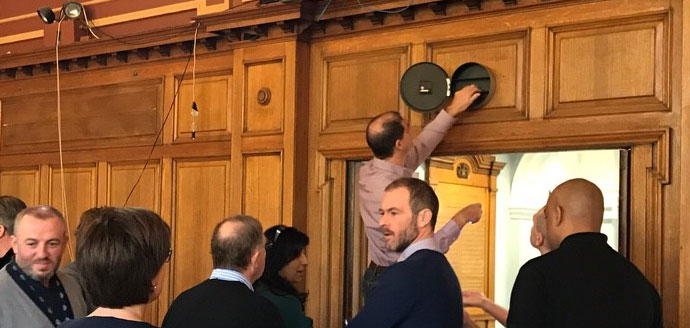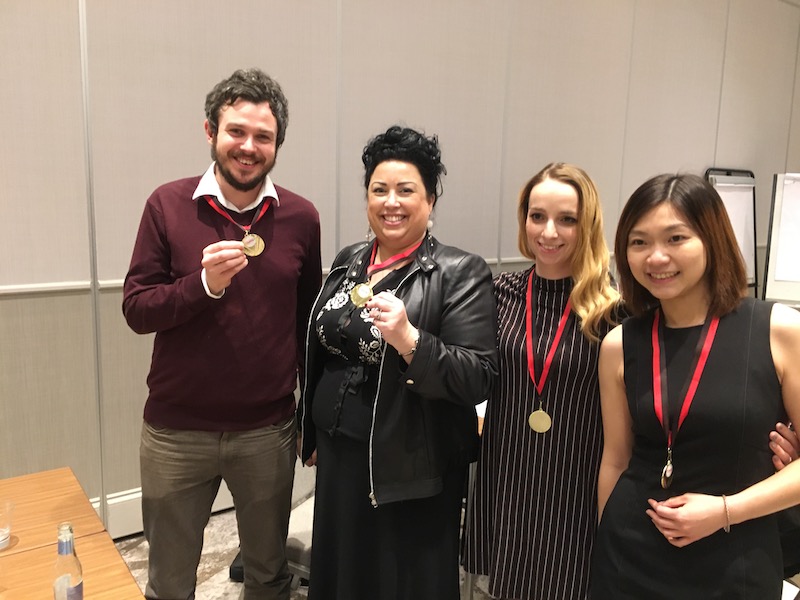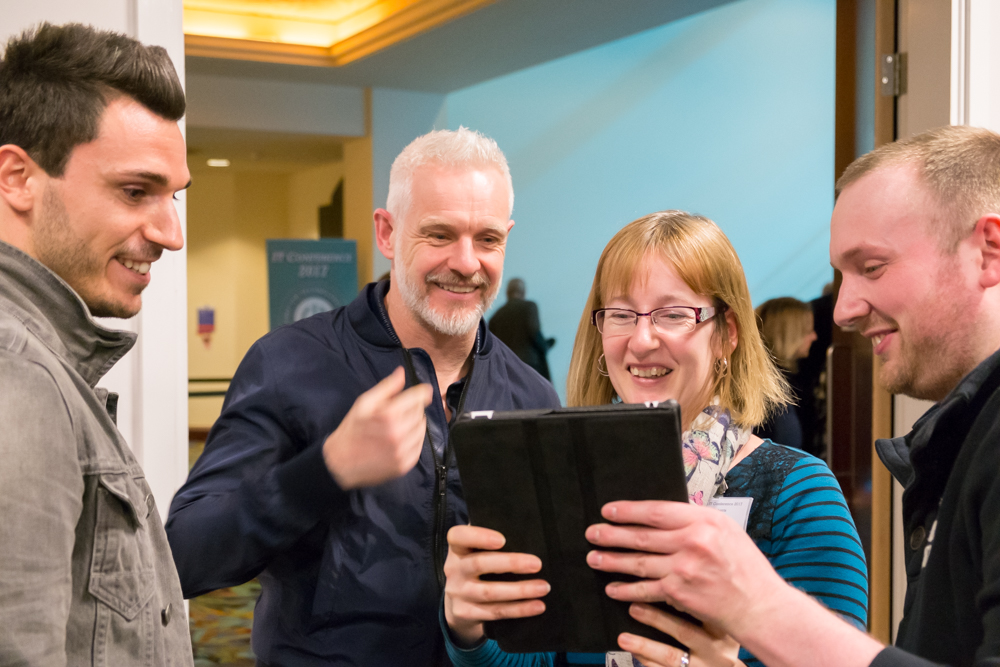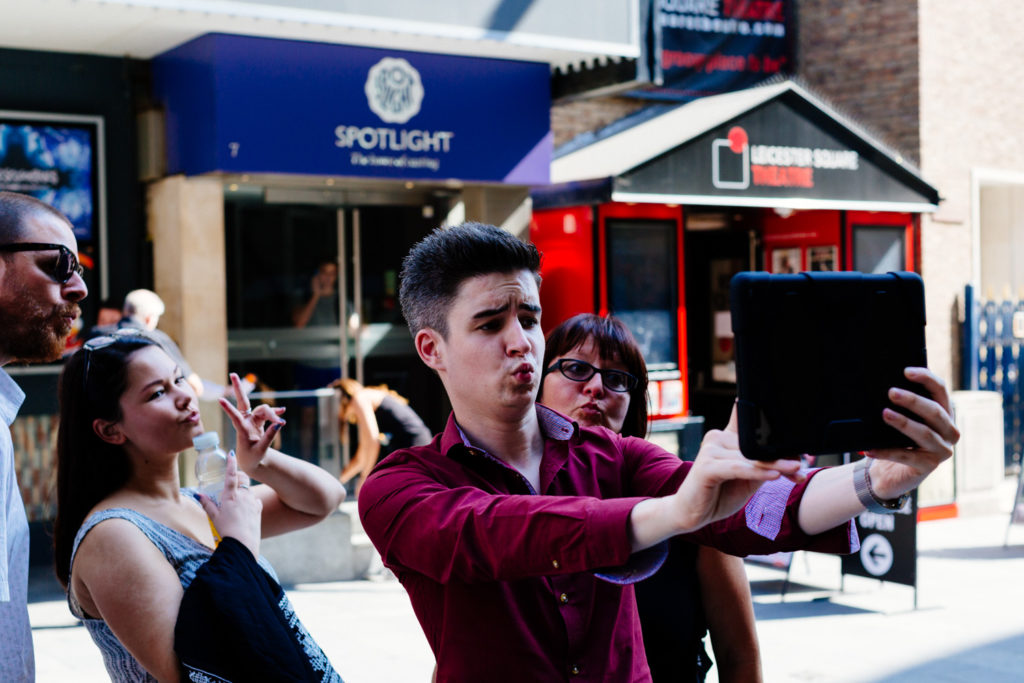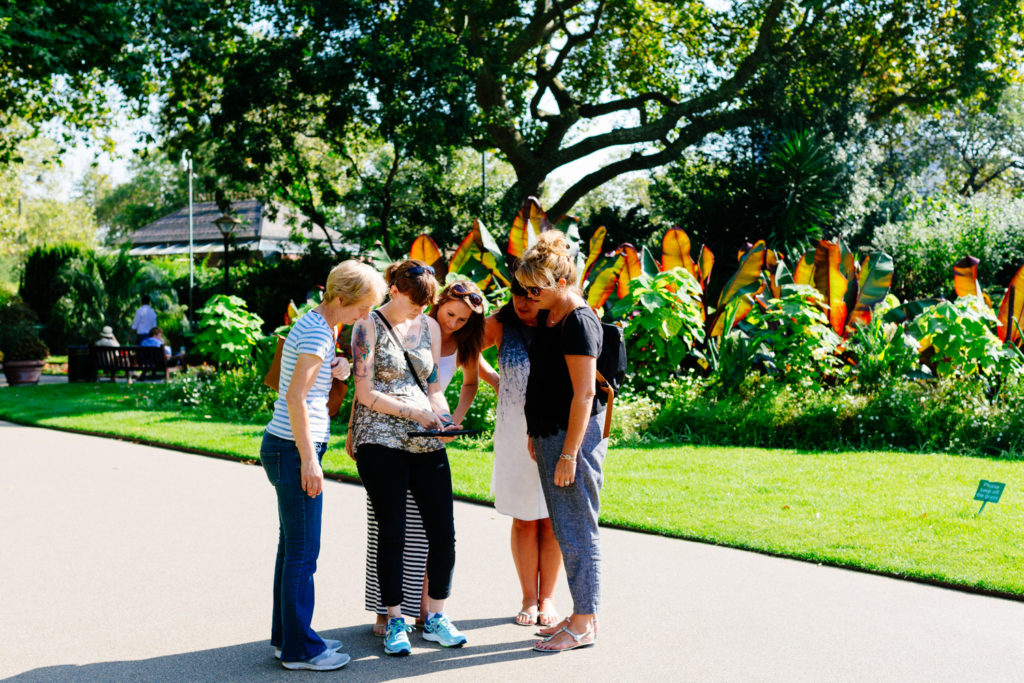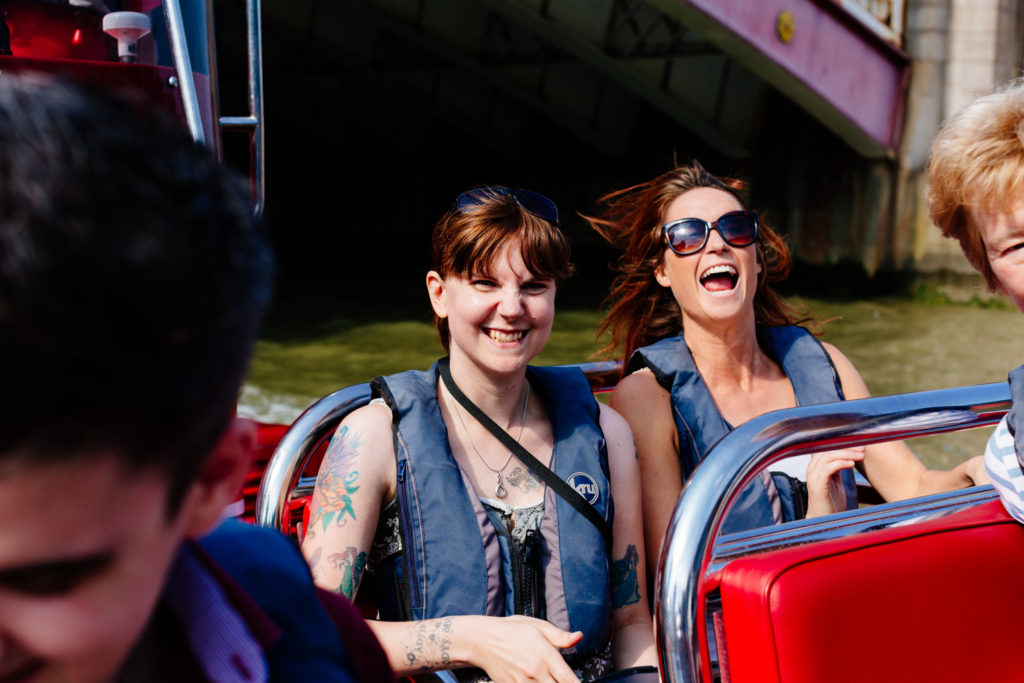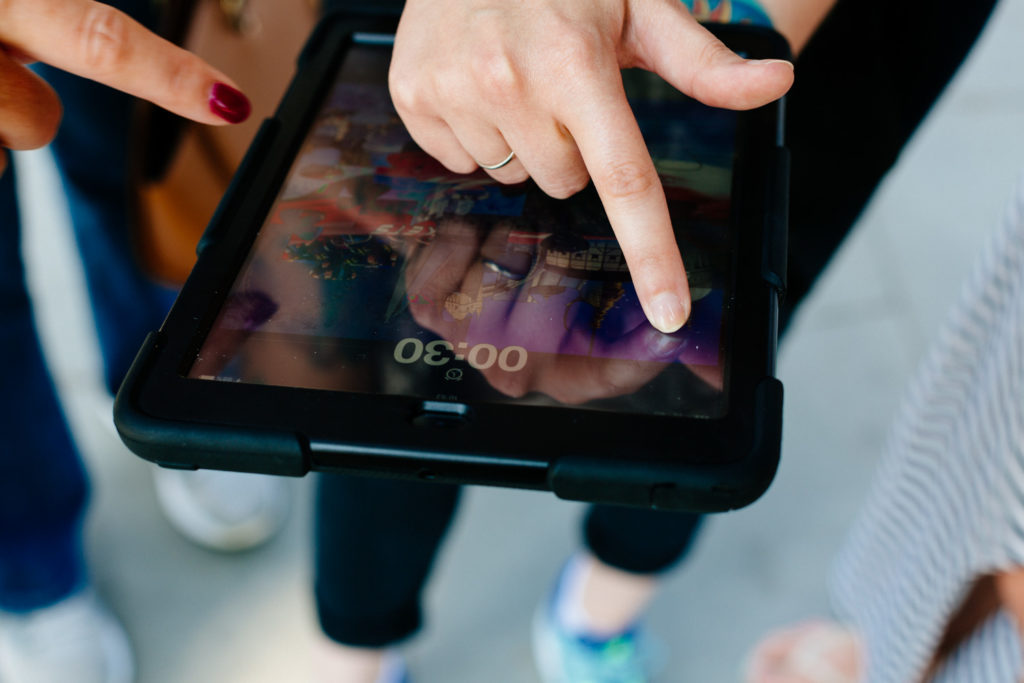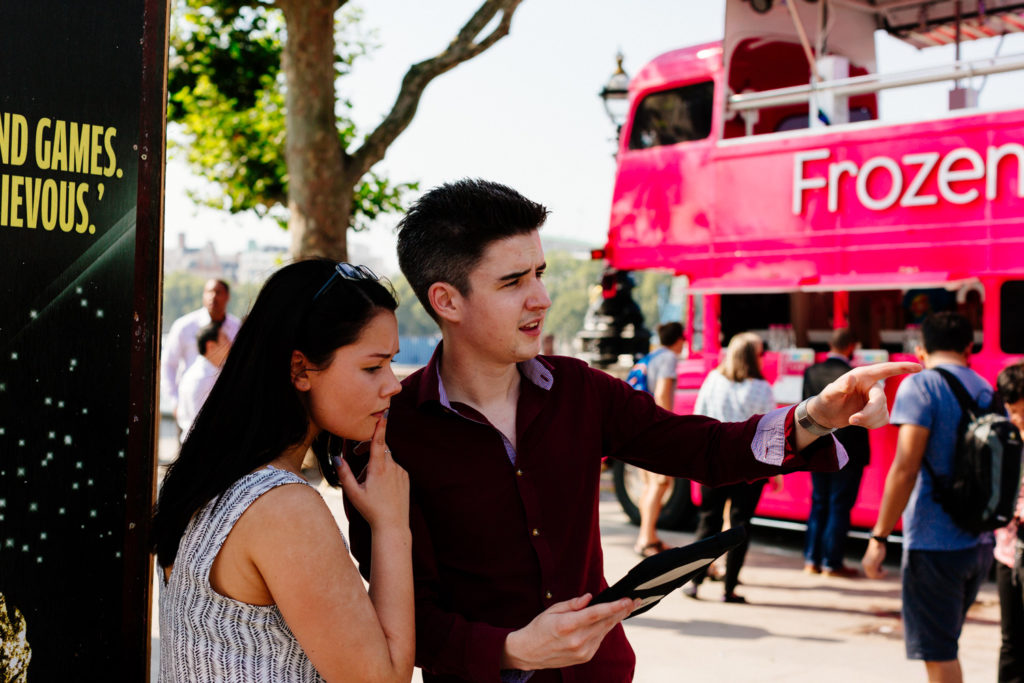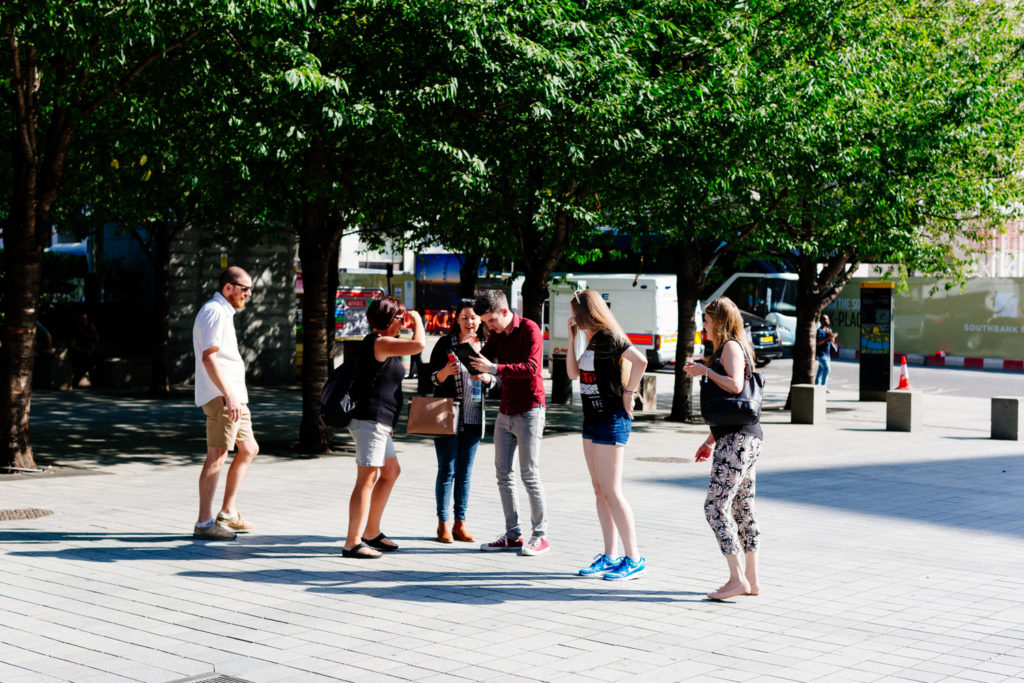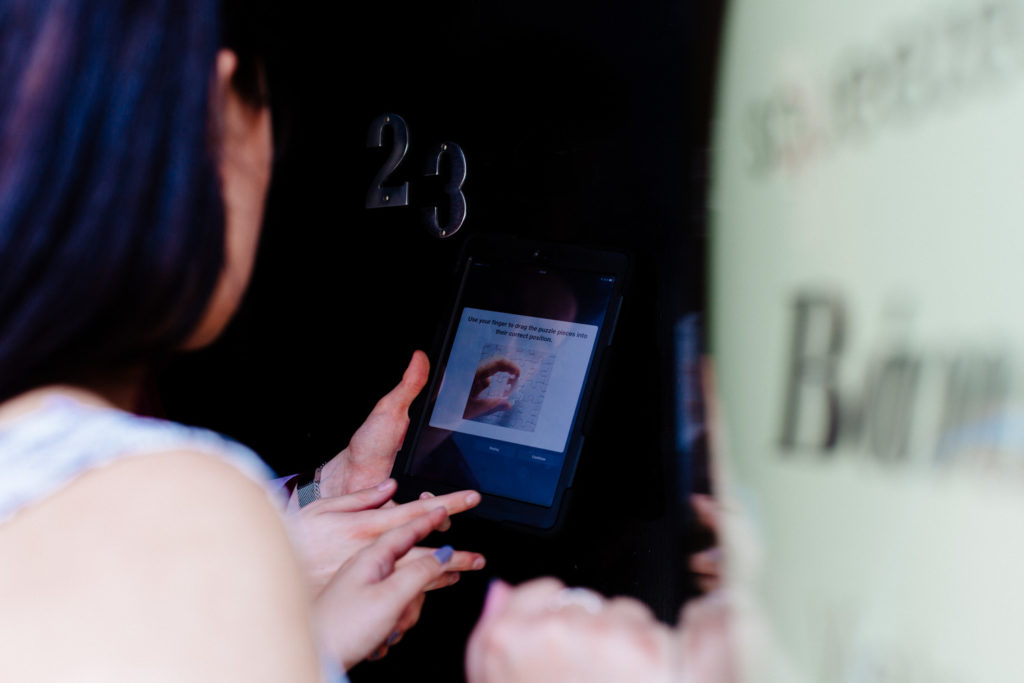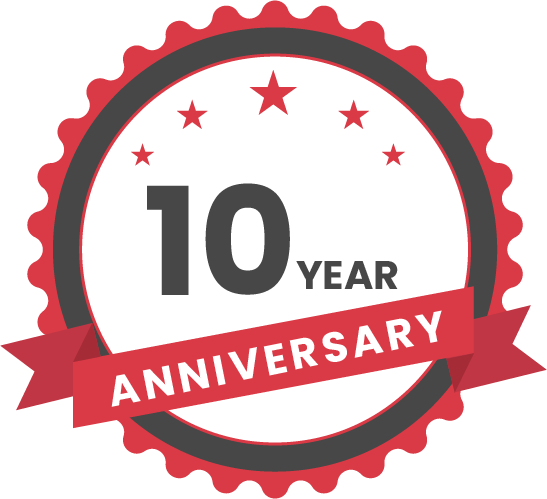CASE STUDY FOR GO INDOORS
Home » Case Studies » Go Indoors
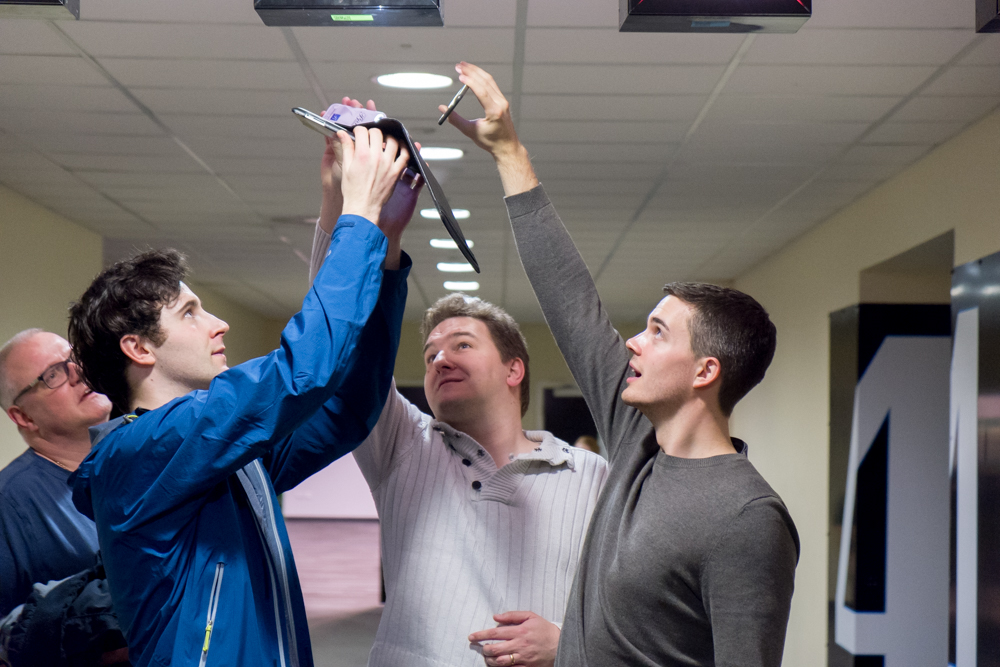

Go Indoors For l&d
The team here at Cluego are always keen to provide a solution to client’s requests and creating new game formats is what we love most!
So when Julia Tybura from Zenon Consulting contacted us about a new format we were all ears.
Indoor team building with Go Indoors
Julia took part in a press launch we organised earlier in the year and quickly realised the potential for what we could provide as an alternative to the standard events that she had experienced in the past.
Julia was looking to create a bolt on to a senior management team workshop she was facilitating with a group of 17 guests. The bolt on activity had to be interactive, thought provoking and above all involve team work as a group and as individual teams.
Our Go indoors event was to be a perfect solution. However this time we added an additional element to the event that would prove to be extremely valuable for Julia’s feedback session with the participants.
With the main objective in Julia’s brief focused on the group working together as one unit although split into 4 individual teams we had to spice things up a bit. Usually our formats are based on individual teams competing against each other with one focus … Winning!
However, this event was very different and a competitive edge was not the goal for Julia’s delegates. We had to bring a new concept into the game which would test the delegates to see if they could work as a whole group whilst also in their 4 teams.
Communication between the teams would be key to the group succeeding in this game. Therefore the more natural competitive individuals would have to realise this and hold back on their instincts!
The Game
Inspired by a staff day out of our own at an Escape Room earlier in the year we decided to create a game that would mix our Go Indoors format along with a series of code breaking hands on exercises.
The teams would spend the first half of the activity working in their individual teams scanning QR codes and completing tasks before tackling the second half of the activity. The second activity would be in a separate room and contain 4 objects to crack into. These objects would contain information that the group required to complete the game.
This would be the foundation for our new game and we soon found ourselves engrossed in clever ways to baffle the teams when trying to crack the codes that would be set out for them!
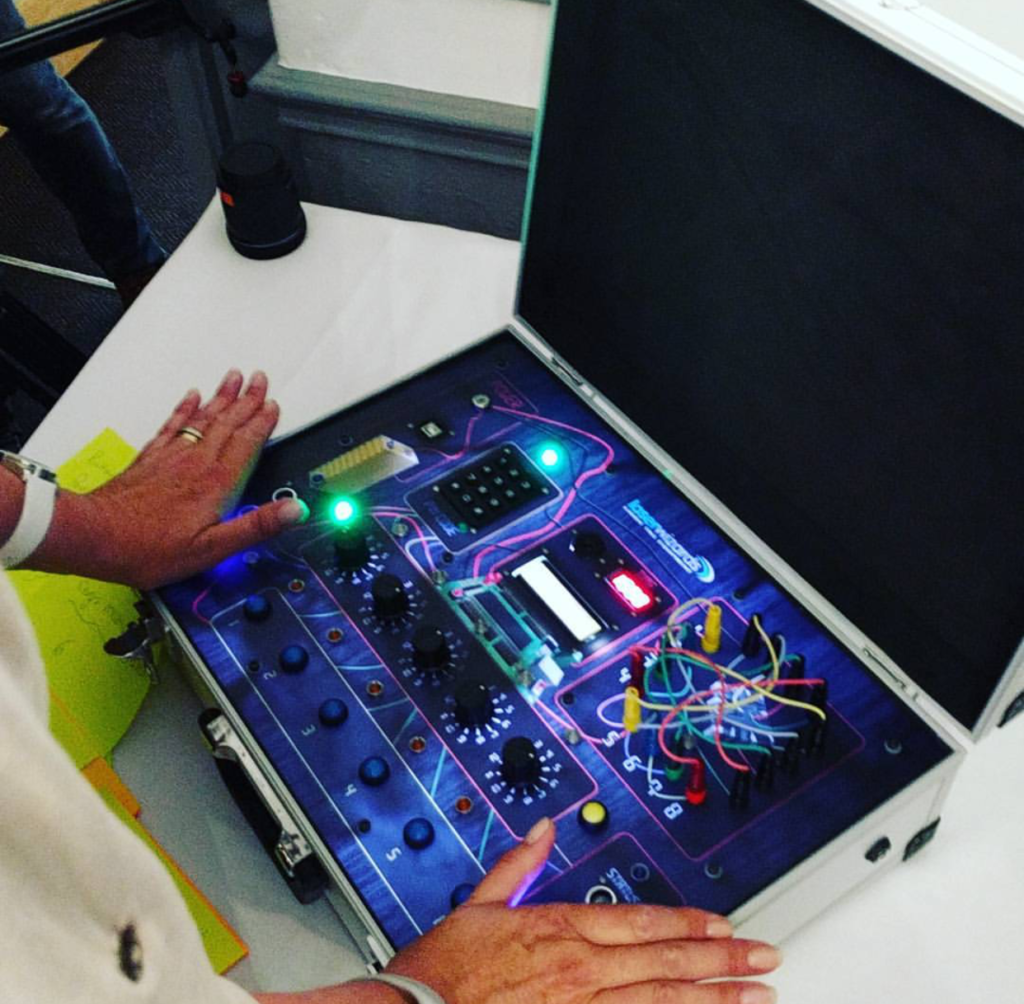
The Big Day
After testing out our game on various volunteers we were confident that we had made something that would be perfect for our client and above all exceed our expectations!
The big day arrived and Jim and Alex from our events team made their way to London ready to be set up for 09.00 as per the plan and met with Julia.
As the guests arrived they were sat down and greeted by Julia who welcomed them to the time out session, confirmed mutually agreeable ground rules for the day and explored the participants and why they were there. They were also informed that the workshop would involve them being observed throughout and that communication was a key factor.
One of the more skeptical delegates put their hand up at this point and questioned why the group was present at such a workshop as communication was never a problem for them.
This was to be a very different story as the morning progressed!
It was now Jim’s turn to explain our game to the delegates as we were the serious fun activity to the workshop and ultimately the initial observation period for Julia.
The brief for the game was to work within the 4 teams and gain as many points as they could by successfully answering a range of general knowledge and brand related questions. As well as this the teams had to complete our custom mini games and photo challenges, all of which had to be scanned via the app from QR codes placed around the conference room.
Whilst all this was going on a separate iPad was activated with a countdown timer that could only be stopped by inputing a special code. This code was unknown to the teams and would be revealed at a later time depending on the group effort.
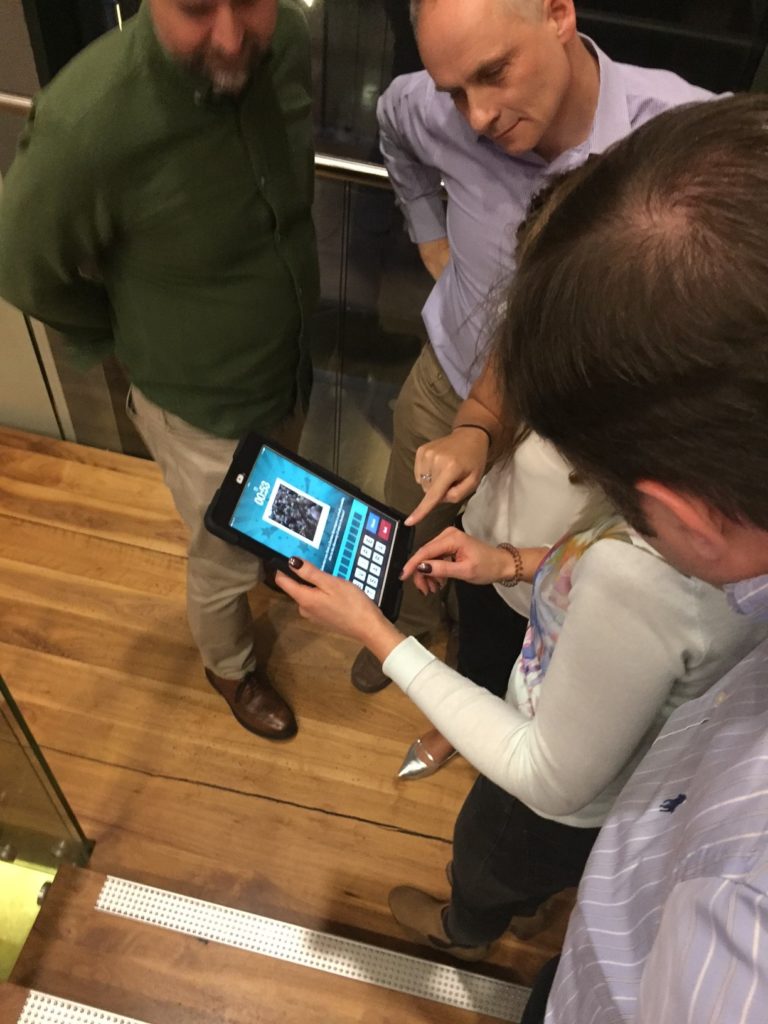
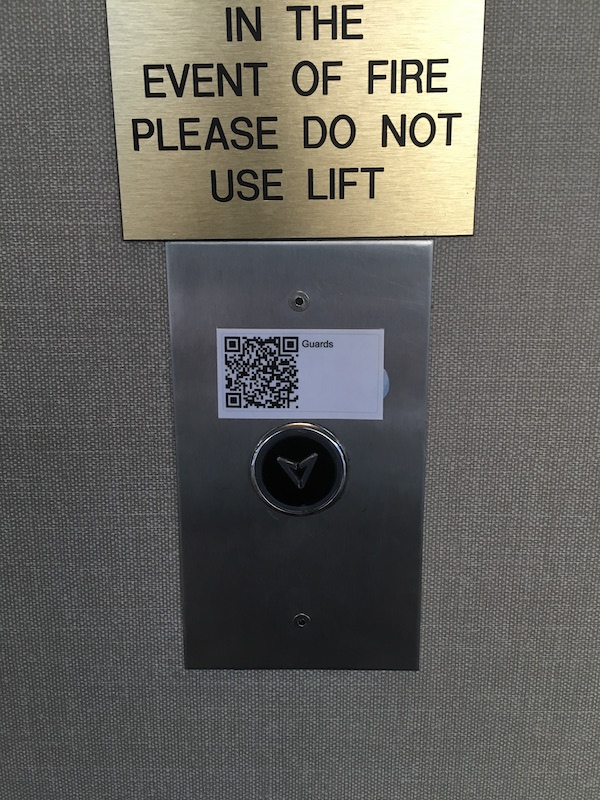
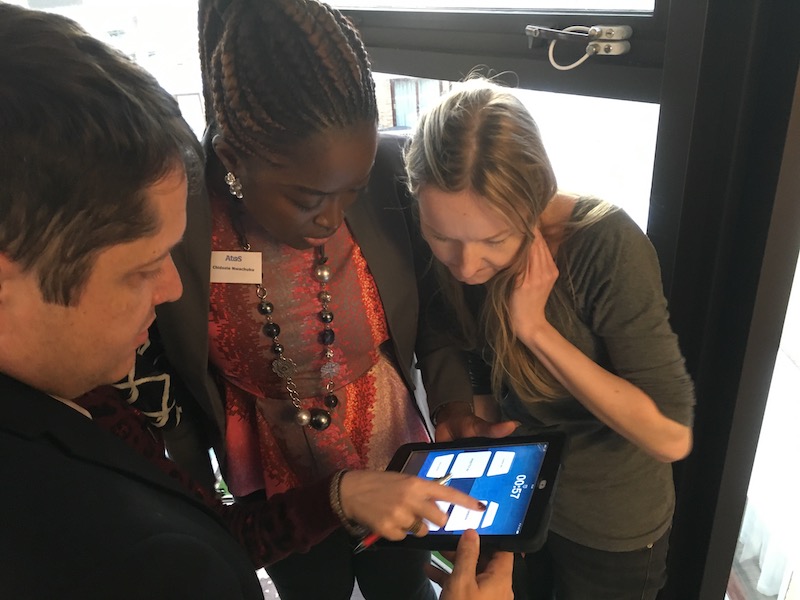
collaboration was key
The teams were informed that we had created an alliance in our app between them so that once they had all reached a certain level of points as a group they could progress into the other room.
Immediately the teams set about scanning QR codes and as normal competing with each other to complete as many points as they could. What the teams did not realise as this point was they were all at some point answering the same challenges as each other.
Therefore, when they were not sure of the answer or solution to a challenge instead of asking another team they would guess and ultimately get it wrong. This would then slow down the group’s ability to reach the combined score required to leave the room. (learning point fail #1)
Eventually the teams scored enough combined points and were released into the second room. Here they were confronted with 4 different objects. A safe, a locked brief case, a Cryptex puzzle box and another locked box containing key fobs.
The teams without instruction made their way to their chosen object and began to observe it for a solution to open it. The solution to this and the more detailed description of how this part of the game unraveled is top secret so unfortunately the only way you will be able to find this out is to experience the game yourself
What is interesting here though was that again one of the more competitive teams cracked their problem before the others and went off for tea and biscuits, leaving the other teams struggling to open their objects. They were also questioning why they had parts of a torch and a broken message inside their object. (learning point fail #2)
Eventually all teams cracked open their objects and soon realised that they had gained individual elements of another clue to progress on to the final part of the game. The group now started to work together and were communicating efficiently as they were more aware of the need to work together and stop that countdown timer in the first room.
With minutes to go the group found the secret code and programmed it into the main iPad stopping the timer and completing the game. The delegates had completed their objective, worked as a group and successfully communicated with each other through a combined effort.
Julia then used the reflections from this exercise as a basis to kick off the rest of the day.
The Feedback
Julia said “Having experienced ClueGo first hand at their press launch, I knew it would work really well as a thought provoking, ‘serious fun’ activity for teams – large and small. The ClueGo team, my client and I worked well together, co-designing a day which was seamless, provocative and meaningful.
The proof was, indeed, in the pudding! – the day started – and ended – with high energy, the ultimate outcomes of the day were met and delivered on time, on budget and with a clear call for action. The group of 17 senior managers are now working more closely together as a senior management team on their newly developed vision which they created in the workshop.
Julia Tybura is Managing Director of Zenon Consulting and specialises in leadership, board and team development, large scale facilitation and design.
LinkedIn juliatybura
Twitter @joolztybura
Email juliatybura@zenonconsulting.com
The positive feedback from Julia and the delegates on the day was testament to our hard work and creativity with the new game.
Call our sales team today for more information and pricing on this great indoor team building event!
